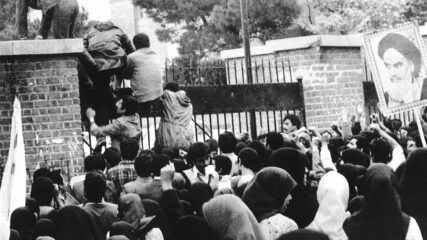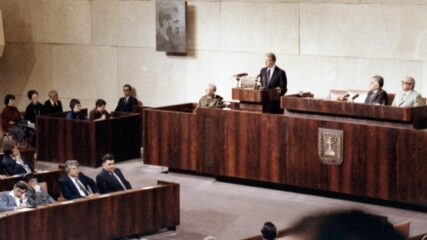March 9, 1932
Pinhas Rutenberg and the Palestine Electric Co. open a hydroelectric power plant at Naharayim. It supplies much of the electricity in Palestine until its destruction by Iraqi troops during the 1948 War of Independence.
A native of Ukraine, Rutenberg has worked tirelessly to bring electricity to Palestine since immigrating in 1919. He also has been active in Zionist political and military activities, such as commanding Haganah troops during the Arab riots in Jaffa in 1921, helping establish the border between British and French areas of control in northern Palestine, and becoming Palestine’s first official citizen in 1926.
Naharayim, meaning “two rivers,” sits at the junction of the Jordan and Yarmouk rivers. Rutenberg chooses the site because of the strong flow of the rivers and the ability of the plant to regulate water storage in the Sea of Galilee. Rutenberg later suggests the site for a meeting between Golda Meir and King Abdullah meant to stave off Jordanian participation in the war against Israel’s independence.
Under the Jordanian-Israeli Peace Treaty of 1994, Israel cedes sovereignty over the Naharayim area to Jordan. In a sign of friendship, Jordan’s King Hussein allows Israeli farmers to continue working the land and Israeli tourists to visit. The Jordanians name the area the Isle of Peace. The friendly mood around Naharayim is shattered when a lone Jordanian soldier kills seven Israeli girls visiting the site on a school trip in 1997.









